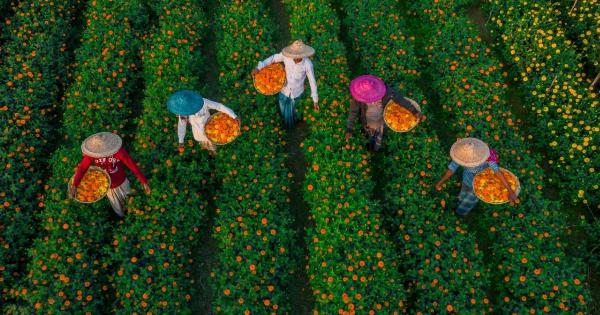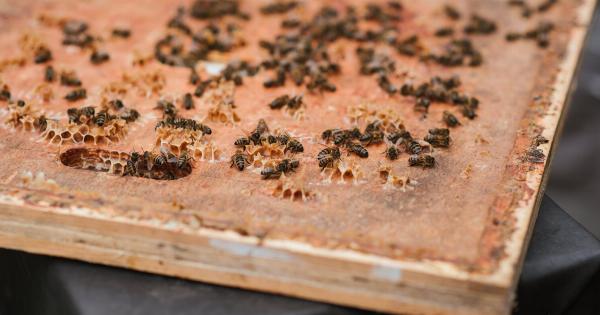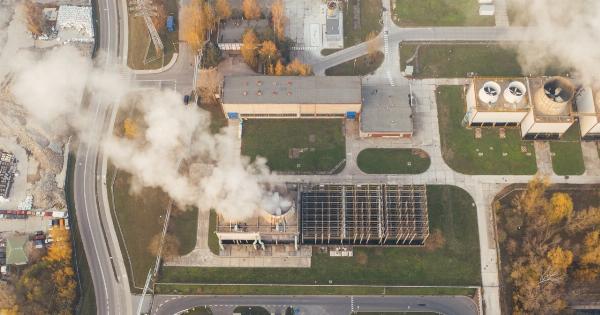One of the biggest challenges facing humanity in the 21st century is combating food insecurity and malnutrition, particularly among the world’s poor. As the global population continues to grow, the demand for food is increasing exponentially.
However, the capacity to meet this demand is hindered by various factors such as limited resources, climate change, and inadequate access to nutritious food. In this dire scenario, golden rice emerges as a potential solution to alleviate the suffering of millions.
What is Golden Rice?
Golden rice, scientifically known as Oryza sativa, is a genetically modified variety of rice that has been developed to address vitamin A deficiency in vulnerable populations.
Vitamin A deficiency is a severe form of malnutrition that affects millions, especially in developing countries where diets are predominantly rice-based. This deficiency can lead to various health issues, including impaired vision and increased vulnerability to infectious diseases.
How Does it Work?
Golden rice owes its name to the distinctive golden hue it possesses, which is a result of the incorporation of beta-carotene, a precursor for vitamin A, into its grains.
This transformation is achieved through the introduction of genes from other organisms, particularly bacteria and daffodil plants, which enable the rice to produce beta-carotene in the endosperm of the grain.
The Controversy Surrounding Golden Rice
Despite the potential benefits offered by golden rice, it has faced significant controversy and opposition from various groups. Critics argue that genetically modified organisms (GMOs) pose risks to human health and the environment.
Concerns include potential allergenicity, unknown long-term effects, and the unintentional spread of modified genes to non-GMO crops. Additionally, some view golden rice as a distraction from more holistic approaches to combating malnutrition, such as promoting diverse diets and improving agricultural practices.
Scientific Evidence Supporting Golden Rice
Proponents of golden rice argue that extensive scientific research has demonstrated its safety for consumption. Regulatory bodies around the world have conducted rigorous testing and concluded that golden rice is as safe as conventional rice varieties.
Additionally, studies have shown that golden rice effectively delivers vitamin A, addressing the underlying nutritional deficiency in at-risk populations.
Field Trials and Outcomes
Golden rice has undergone extensive field trials to evaluate its performance and efficacy in different environments. The trials have provided valuable insights into the potential impact of golden rice on reducing vitamin A deficiency.
In a landmark study conducted in the Philippines, it was shown that consumption of golden rice significantly increased the vitamin A levels in children who regularly consumed it. This promising outcome offers hope that golden rice can be a powerful tool in the fight against malnutrition.
Strategies for Implementation
For golden rice to be effective, it is imperative to establish mechanisms for its widespread implementation.
This involves addressing various challenges, including regulatory approvals, intellectual property rights, and ensuring equitable access to the technology. Collaborative efforts between governments, scientific institutions, and international organizations are essential to navigate these complexities and ensure that golden rice reaches those who need it the most.
Sustainability and Long-Term Solutions
While golden rice presents a valuable short-term solution to address vitamin A deficiency, it should be part of a broader strategy aimed at achieving sustainable food systems and long-term nutritional security.
Relying solely on a single crop improvement may be limited in its ability to combat malnutrition comprehensively. Efforts should also be invested in promoting diverse diets, educating communities about nutrition, and enhancing agricultural practices to enhance overall health and well-being.
Conclusion
Golden rice represents a breakthrough innovation with the potential to transform the lives of millions of people suffering from vitamin A deficiency. By addressing this critical nutritional gap, golden rice offers a new hope for the world’s poor.
However, its implementation requires careful consideration of scientific evidence, regulatory frameworks, and collaborative efforts. It should be seen as part of a broader strategy to achieve sustainable and equitable food systems for the benefit of all.




























